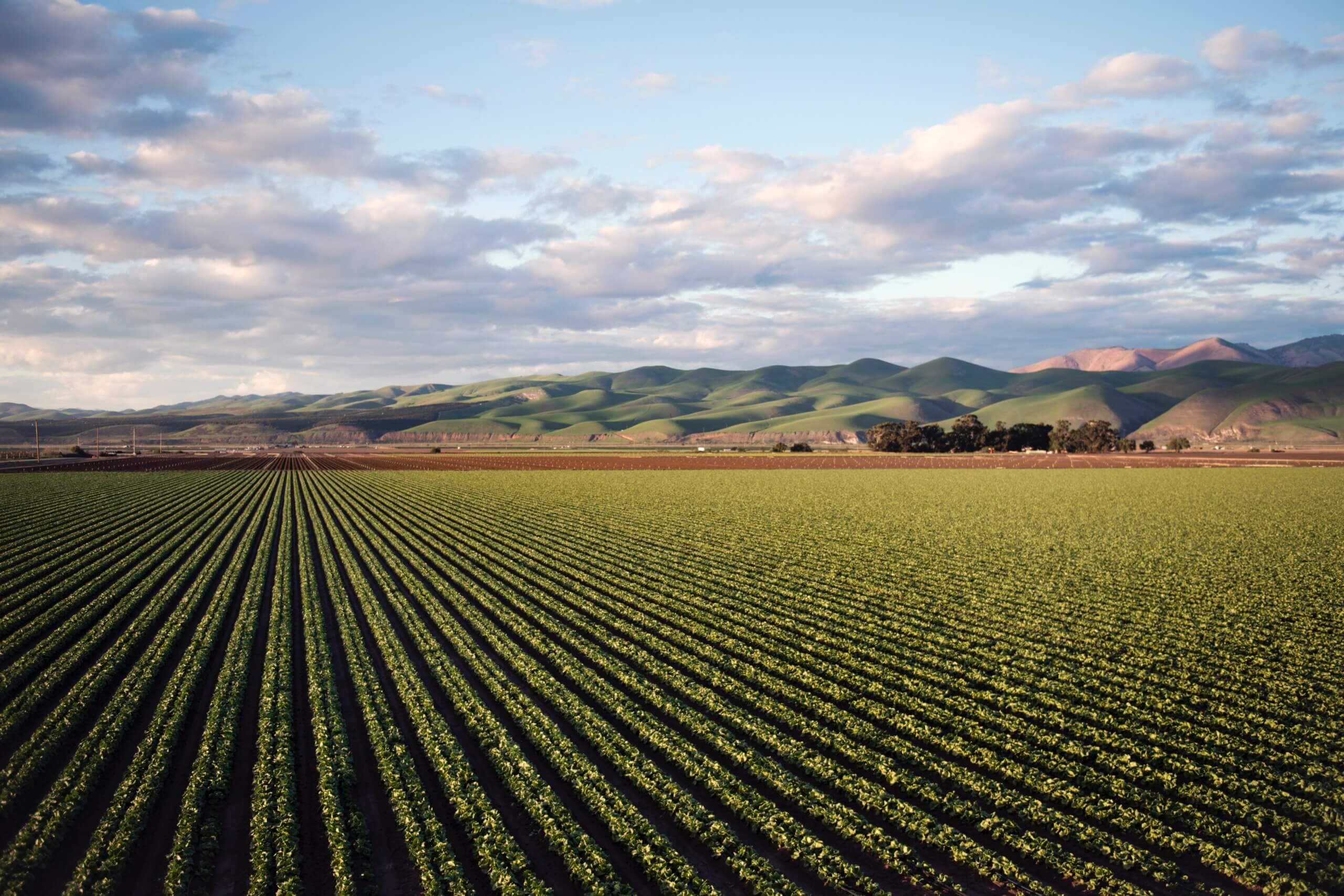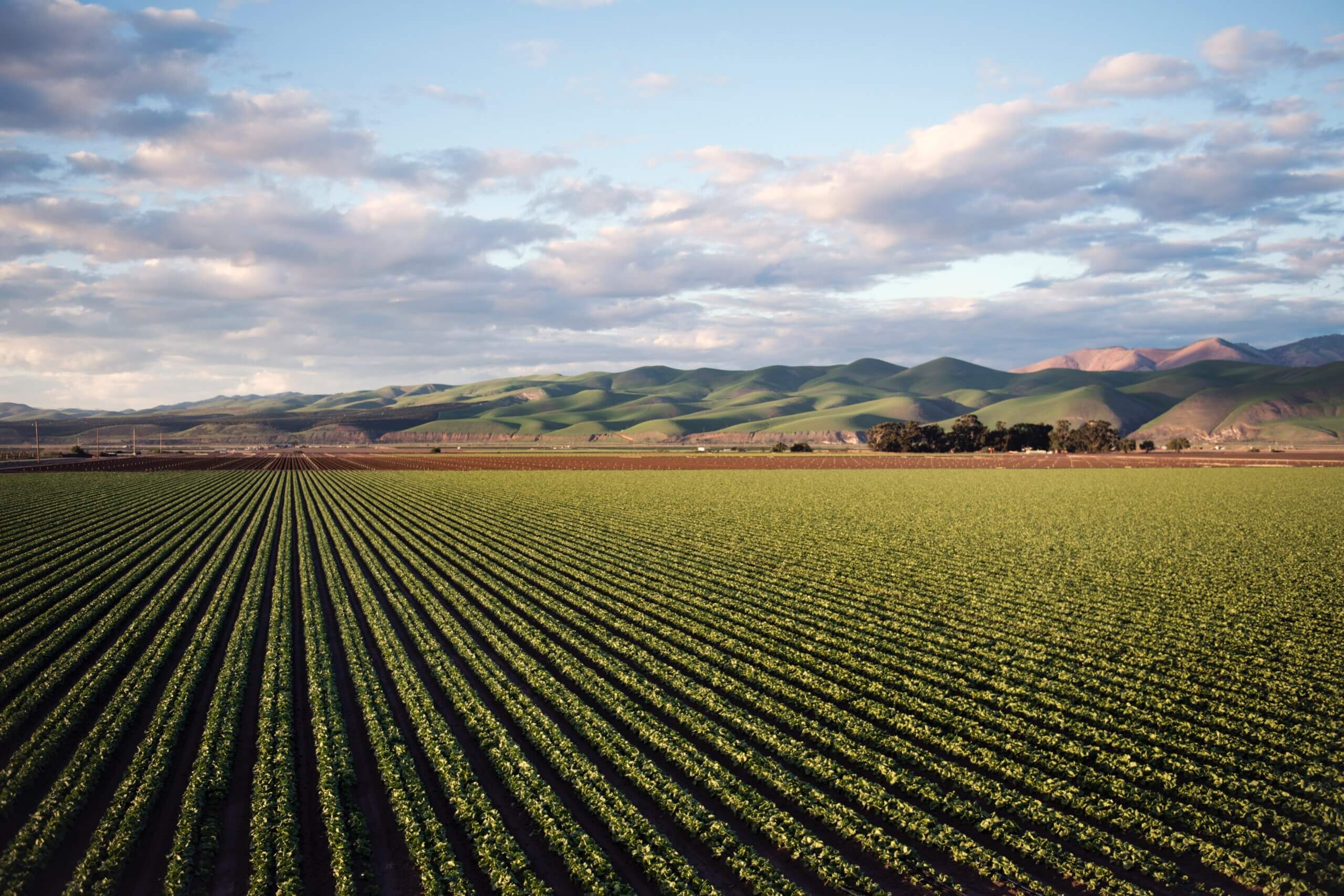One rarely listens to a corporate earnings call with the goal of enlightenment. But sometimes, there are surprises: Remarks by Juan Luciano, CEO of Archer Daniels Midland, on the company’s earnings call last month provided a clear and striking picture of future trends shaping the agricultural sector. He described trends amounting to inadequate global protein supply that will only be exacerbated over the coming years.
The other thing you need to remember is that we are still going to be 10 billion people in the planet by 2050, which is one of the issues that serves our – or drives our purpose, which is trying to increase the carrying capacity of the planet…
-Juan Luciano, CEO Archer Daniels Midland, 01-26-23 earnings call.
Wow! Increase the carrying capacity of the planet! Now that is quite the rallying cry for global agricultural industries (and likely should be used by human resources teams for recruiting college kids).
Archer Daniels Midland’s CEO Juan Luciano captured the role of the agricultural and related industries perfectly: First, serve the world’s need for food security; second, do so with a focus on nutrition, health, and well-being. In other words, drive abundant and superior agricultural production.
Less optimistic is Luciano’s description of the challenge ADM will face in doing so. In an exchange about China with Salvator Tiano of Bank of America during the earnings call, Mr. Luciano further made these very compelling points:
When you look at the long-term and the demographics of China that you described, probably about 50% of the Chinese population is middle class or what you will consider middle class, and they are in this process of increasing their protein consumption. But still historically, if you look at what the US, we consume about 270 pounds per year of proteins. China is at the 170 pounds per year level. So, they are still far from our level of consumption. And again, if you look at our lifestyles are converging slowly. So, you will expect their protein per capita consumption to grow significantly during this period.
Spend time pondering his thesis and the implications for the carrying capacity of world protein production are obvious.
One could argue that a CEO must paint the best picture for the future of his business. (Rule number 3 for remaining a CEO: Always speak positively about your industry and your business). But Mr. Luciano painted an image that is so easy to grasp it is profound: Chinese and US lifestyles are converging, slowly. And while he was speaking directly on the question of China, the same holds for a whole host of emerging economies – which necessarily means the world supply of protein is inadequate.
Mr. Luciano also provided this gem, in response to a question from Manav Gupta of UBS addressing, in my words, the ongoing angst about the “mountain of soybean meal” that will result from the aggressive build out of US soybean processing capacity, in part to meet the feedstock needs of the US renewable diesel industry:
When you think about the capacity that renewable green diesel is installing, it’s going to have a huge pull in soybean oil. And we have found that there is – we have found it relatively easy to place the meal in the export markets. And if you look at the market overall, the meal market is a market of like 175 million metric tons and growing. So, if you calculate by 2026, we need to have 20 million tons more soybean meal, just to catch up with the demand. And if you look at everything that we are building through the RGD and the capacity expansions, we are estimating about 15 million tons of supply on soybean meal.
His conclusion:
So, it’s still we have – we are still covered in only 75% of the expected soybean meal demand out there. So, I would say we look at this, but the demand on both sides on the soybean meal and soybean oil clearly can support all this capacity. So, we continue to see an environment in which crush margins will be strong and highly supportive for many, many years.”
In other words, according to Mr. Luciano no glut in the soybean meal market appears to be materializing. On the contrary, based on current trends, demand is positioned to outstrip supply in the coming years – a reality that’s very positive for margins, but does little to resolve the overall challenge of inadequate protein production.
The positive in all of this: The more that these realities are recognized and baked into market calculuses, the greater the incentive to invest in agricultural areas projected to see production shortfall. As Mr. Luciano so lucidly laid out, there is potential to increase the carrying capacity of the planet. But the potential boons of doing so have to be made clear.
(Photo by Tim Mossholder/Pexels)
Walter Cronin continues to pursue the build out of the US soybean processing industry since stepping down from his role as Chief Commercial Officer at Green Plains, Inc (NASDAQ:GPRE). The expansive demand from a growing and wealthier global population for vegetable protein meal to produce meat proteins drives this opportunity. Recent developments in US biofuel policy promote greater demand for soybean oil as a feedstock for renewable diesel, and also contribute to the need for expansion in US soybean processing capacity. Walter works with long term colleagues to provide economic feasibility analysis, financing, design, construction, operations, and commercial risk management for greenfield and brownfield capacity expansion.




